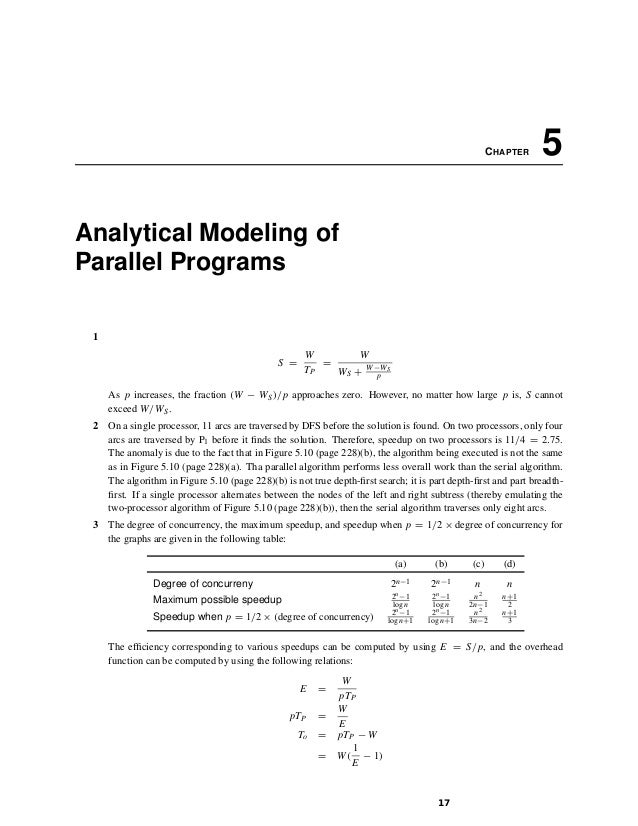Introduction to. Parallel Processing. Algorithms and Architectures. Behrooz Parhami. University of California at Santa Barbara. Santa Barbara, California. NEW YORK, BOSTON. T., Introduction to Parallel Algorithms and Architectures: Arrays, Trees, Hypercubes. Morgan Kaufmann, 1992. Lerman, G., and L. Jun 30, 1992. Book Review: Introduction to Parallel Algorithms and Architectures: Arrays, Trees, Hypercubes by F. Leighton (Morgan Kauffman Pub, 1992). Full text: PDF. Windows Pe Serial Port. The Busy Beaver function Σ(n) is the maximum number of 1's a halting n-state Turing machine may leave on an initially blank tape. Mar 26, 2017. Download Introduction to Parallel Algorithms and Architectures. By Frank Thomson Leighton PDF. By Frank Thomson Leighton. This seminal paintings offers the one complete integration of vital issues in desktop structure and parallel algorithms. The textual content is written for designers, programmers,.
Genomewide association studies — in which hundreds of thousands of single-nucleotide polymorphisms (SNPs) are tested for association with a disease in hundreds or thousands of persons ( Figure 1 The Genomewide Association Study. The genomewide association study is typically based on a case–control design in which single-nucleotide polymorphisms (SNPs) across the human genome are genotyped. Panel A depicts a small locus on chromosome 9, and thus a very small fragment of the genome. In Panel B, the strength of association between each SNP and disease is calculated on the basis of the prevalence of each SNP in cases and controls. In this example, SNPs 1 and 2 on chromosome 9 are associated with disease, with P values of 10 −12 and 10 −8, respectively.
The plot in Panel C shows the P values for all genotyped SNPs that have survived a quality-control screen, with each chromosome shown in a different color. The results implicate a locus on chromosome 9, marked by SNPs 1 and 2, which are adjacent to each other (graph at right), and other neighboring SNPs. ) — have revolutionized the search for genetic influences on complex traits. Such conditions, in contrast with single-gene disorders, are caused by many genetic and environmental factors working together, each having a relatively small effect and few if any being absolutely required for disease to occur.

Although complex conditions have been referred to as the geneticist's nightmare, in the past 5 years genomewide association studies have identified SNPs implicating hundreds of robustly replicated loci (i.e., specific genomic locations) for common traits. These studies raise many questions, such as why the identified variants have low associated risks and account for so little heritability. Explanations for this apparent gap are being sought. Perhaps the answer will reside in rare variants (see the Glossary for this and other key terms), which are not captured by current genomewide association studies; structural variants, which are poorly captured by current studies; other forms of genomic variation; or interactions between genes or between genes and environmental factors. Despite their value in locating the vicinity of genomic variants that may be causing disease, few of the SNPs identified in genomewide association studies have clear functional implications that are relevant to mechanisms of disease. Narrowing an implicated locus to a single variant that directly causes susceptibility to disease by disrupting the expression or function of a protein has proved elusive to date. This will be a key step in improving our understanding of the mechanisms of disease and in designing effective strategies for risk assessment and treatment.
